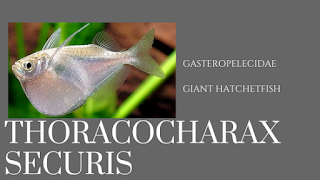General Specifications
Latin Name: Pterophyllum scalare.
Geographic Origin: Colombia, Suriname, French Guyana, Peru and Brazil. Rio Oyapock, Rio Essequibo, Rio Ucayali, Rio SolimÃμes and the main Amazon basin. It is also found in various rivers in the Amapá region of Brazil.
Living Area: Swamps or submerged areas live in clean or clayey waters where the aquatic or riverside vegetation cover is intense. The colors become darker in clean waters.
Nutrition Format: Both carnivorous and herbivorous. They are predominantly fed with small crustaceans such as Zoobentosa and other aquatic invertebrates. Unlike their ancestors, angels raised in an aquarium environment accept scales and granules. They also like live and frozen food.
Behavior: Moderate aggressive.
Behavior to Their Type: Moderate aggressive.
Swimming Level: Medium - Surface
Gender Discrimination: Men's heads are more humbling. A definite distinction can be made at the time of tube removal. The tube of the men is thinner and pointed; The womens are thicker and rounded.
Reproduction
Flat eggs on a vertical surface, a large plant leaf, mother and father protect the eggs together. Putting 10-15 fish together for breeding and choosing a partner from them will increase the likelihood of success.
Living Medium
Temperature: 24 ° C to 30 ° C
Maximum Sizes: 10 cm.
Minimum Aquarium Capacity: 1150 liters, the height of the aquarium should be at least 40 cm.
Water Hardness: 0 - 15 ° dH (Very Soft - Hard)
pH: 6.0 - 7.4
General Comments: They are flashy fish. Most hobbyists feed in the aquarium. They are not dangerous for the fish of the length that you can not hunt. Great Angels swallow small fish like Neon. There are angels in many different colors and body forms. It is not appropriate to look with species such as guppy, Japanese fish. In good condition they grow rapidly. It is not recommended to feed with discus. Aquariums can be planted with plants such as Echinodorus. They enjoy the low-calm waters. In addition to the standard silver variety, there are a number of varieties such as black, gold and koi.



